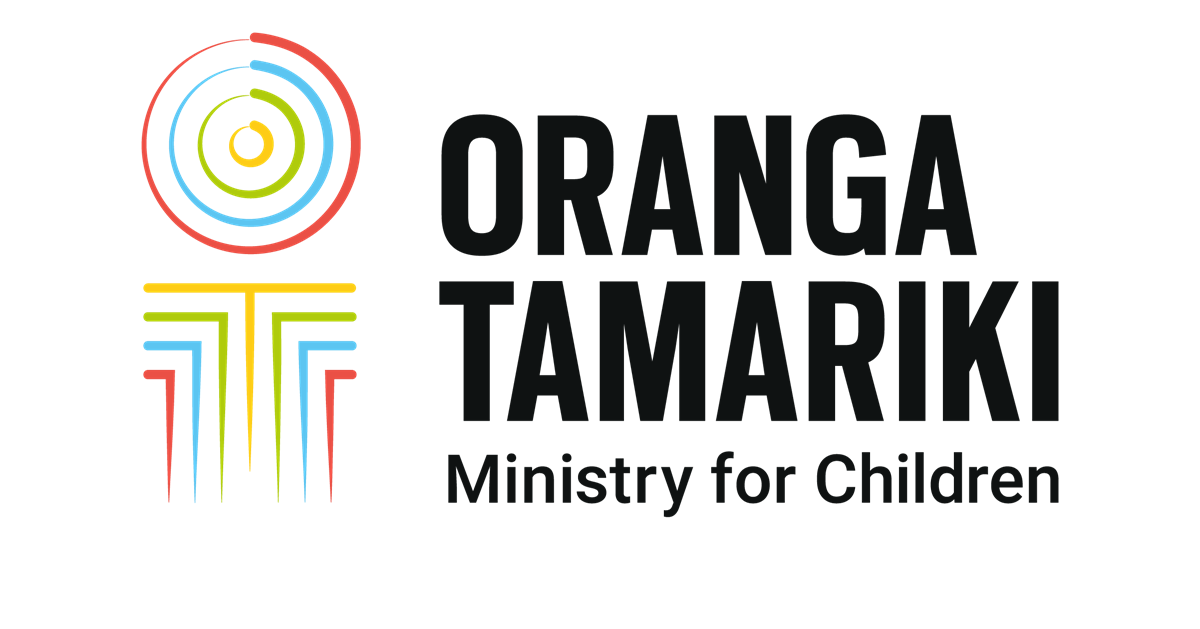Evidence Centre Seminar: August 2021
Published: August 10, 2021 · Updated: August 23, 2023
The seminar featured 2 presentations, both with a youth justice focus. We learned more about the NZ Crime and Victims Survey with particular reference to young people from two Ministry of Justice presenters. The Evidence Centre reported on the pathways for young people that can lead to involvement in the youth justice system.
Offences by family members and victimisation of young adults
Findings from the NZ Crime and Victims Survey
Dr Tadhg Daly and Kate Preston from the Ministry of Justice spoke about the methodology used in the NZ Crime and Victims Survey (NZCVS) and shared findings from both the latest survey and pooled data from the last three survey years.
A key finding was that younger people, aged 15–29 are significantly more likely to be victims of personal offences and interpersonal violence offences in the last 12 months.
One in four females and one in nine males aged between 15 and 19 had experienced sexual assault in their lifetime. However, this age group also reported relatively high feelings of safety.
For more detail about the NZCVS, including full reports and data tables, see the Ministry of Justice website: NZCVS resources and results | New Zealand Ministry of Justice
Ministry of Justice seminar: NZ Crime & Victims Survey findings in relation to young people
Youth Justice Pathways
An examination of wellbeing indicators and outcomes for young people involved with youth justice
Evidence Centre senior analyst Sarah Richardson’s presentation focused on the routes into the justice system for young people – especially the care and protection – youth justice – prison pathway.
She reported that these young people deal with complex factors including unstable home lives, low engagement with education and mental health and substance use issues. Young people with a combination of care and protection experience and youth justice involvement generally fared worse than rangatahi with only care and protection or youth justice involvement.
For background on a range of wellbeing indicators and outcomes for this group, see the full report:

